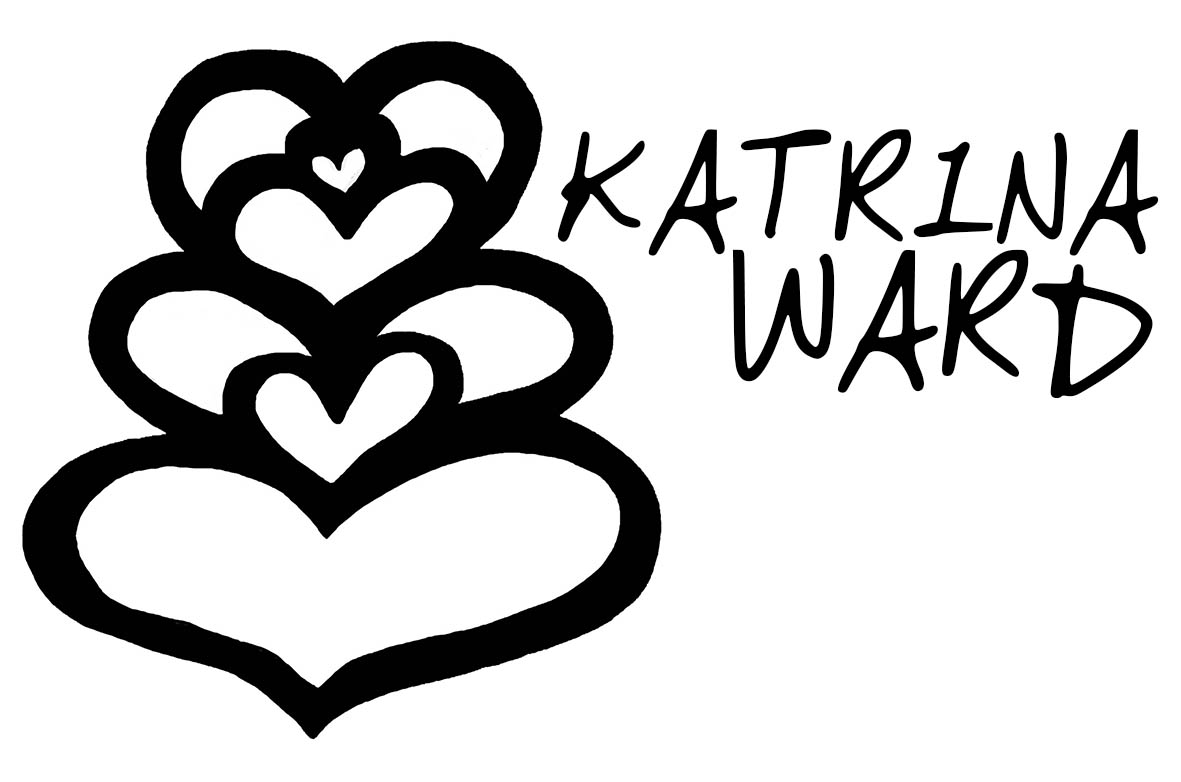New Zealand is currently faced with a worrying economic downturn. There are additional threats on the horizon such as the rapid developments of AI, impacts of Globalisation, looming international conflict expansion and environmental disasters due to climate change just to name a few. We turn our faces to the light and try to look for moments of brightness in the news and, particularly in the education sector and public sectors, it feels very dark indeed. Where is the light?
In these situations, it is useful to put on a black hat after Edward De Bono.
What is Black Hat Thinking?
Black hat thinking is a a way to adopt a deliberately pessimistic and cautious approach to problem-solving and decision-making with all of the ‘worstest’ superlative outcomes that we can think of. It means that we get to focus on identifying potential risks, problems, and consider of the possible negative outcomes. It is one of the six thinking styles in Edward de Bono's Six Thinking Hats model.
Why is it useful?
Black hat thinking encourages a kind of healthy skepticism. A lot of technology has been touted as ‘the next best thing’ for example and then it has quickly turned into a bubble that has popped more quickly than we might have predicted. Some examples of these are the dot.com bubble or the open plan classroom bubble - some may say, too, the AI bubble but this has not yet popped. (More on this later). This type of thinking is useful for carefully predicting and examining any potential flaws and weaknesses which ends up being a very useful prediction and forecasting tool.
Logical Analysis
While it might often be perceived as negative and ‘red penning’ any new and exciting prospects, black hat thinking is not about being pessimistic for its own sake. Another way of understanding it is as a useful way to critically analyse new systems/approaches/tools as a risk assessment process to ensure that any potential risks or threats are identified so that some safeguards can be put in place. Black hat thinking means that teams can anticipate and prepate for possible challenges.
Reverse brainstorming
My favourite way to facilitate Black Hat Thinking is with a reverse brainstorm. This means we look at how to do the opposite of whatever goal it is that we are striving to achieve. “How can we ensure that all of our managers fail?” or “How can we make sure that students never learn to read?” or “How can I become the worst leader of all time?” are some fun examples to play with. In one particularly memorable example in a secondary school context we reverse brainstormed “How can we make sure our students are unprepared for the future?” and there were some shocking truths suddenly up for discussion when some teachers recognised that their current pedagogy was setting kids up to fail…
The next step of a reverse brainstorm is to be as creative as possible and come up with ‘all the ways’ to make the opposite happen. Go wild. Have fun. Then review.
The final step of the reverse brainstorm is to flip the brainstorm and negate all of the negative suggestions and rephrase them as positives. If one answer for a ‘how can we become the worst leader’ brainstorm was ‘be late for all meetings’ then the solution is ‘be punctual’. The black hat thinking and using the reverse brainstorm as a facilitation method means that all of the negatives have been predicted and the opposite risk managing opportunity can be identified to inform meaningful strategic planning.
Foreseeing the rocks
If you hate the idea of a reverse brainstorm, another useful metaphor is a boat on its way to ‘some magical island outcome’. This method is great for visual thinkers. Draw a boat and draw a bunch of rocks and waves and kraken and pirates and whatever else you think might get in the way of a journey and then set about naming the hazards. What are all of the things in the way? Once this is done, you can start to strategise what your marine chart/road map might need in order to steer around those obstacles.
Both of these strategic planning experiences require the black hat to be donned - and like a black wizard’s hat, the outcomes of black hat thinking can be magical.
Black hat thinking is thinking about the weather, the rocks and the crew’s capabilities to better avoid disasters.
Making some magic
If you know where you don’t want to go, then you can forge a better path to your rightful destination. Similarly, knowing all of the bad things that ‘might’ happen, means that you can plan to avoid and manage risks accordingly.
Recently I have been working on an ‘AI in the Classroom’ rubric and black hat thinking has really helped me to consider best use case scenarios - only because I’ve spent time thinking of worst use case scenarios and then sought to fix them through reverse engineering.
The black hat brainstorm highlighted worst use of AI as ‘mindless prompting’ and ‘worksheet pumping’, ‘biased without balance’, ‘industrial model on steroids’, ‘data misusing’ and ‘environmentally disastrous’ (to name a few) which can then inform more critical analysis of how to mitigate these risks with educated, mindful, purposeful and policy-protected best uses to help me to design my self-assessment rubric. (This is coming soon).
So what kind of black hat will you wear?
Of course, you don’t need a real hat - but imagining your own black hat strategy to make better decisions in your workplace or classroom is a great thinking strategy to adopt if you want to know better to do better.




